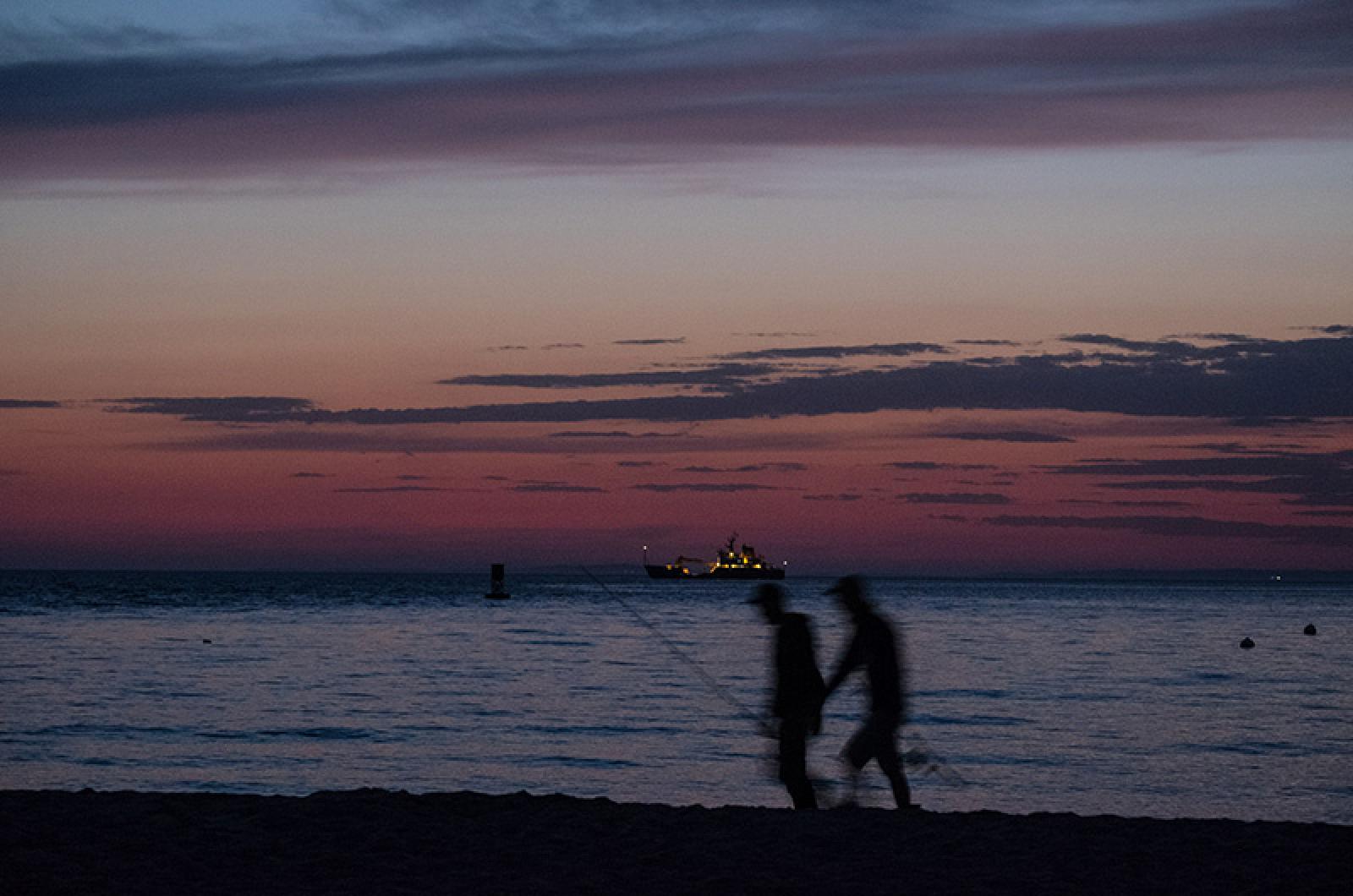Great news for all those backyard astronomers who love to look at distant planets — all the visible planets are now in our evening sky. They include Mercury, Venus, Mars, Saturn and Jupiter.
On Sunday night, the gibbous moon rises several hours after sunset and it is accompanied by the bright planet Mars. Mars has increased in brightness quickly in just the last few months. While spending most of the winter as an early morning planet, Mars is now visible well before midnight.
Look to the right of Mars for the next brightest planet Saturn in the southern zodiacal constellation Sagittarius. Moving along to the east for the brightest planet high in the sky and you’ve found Jupiter, now in the zodiacal constellation Libra.
If you were outside shortly after sunset, you probably noticed Venus in the west. Venus is even brighter than Jupiter and thus is the brightest planet of them all.
Even Mercury is also in the evening twilight, but hard to see because it is so close to the horizon. For a stretch of time, during winter all these planets were hanging out in the early morning sky or were obscured by the brilliance of the sun. We have a super astronomical summer ahead.
| Day | Sunrise | Sunset |
|---|---|---|
| Fri., June 1 | 5:09 | 8:09 |
| Sat., June 2 | 5:09 | 8:10 |
| Sun., June 3 | 5:08 | 8:10 |
| Mon., June 4 | 5:08 | 8:11 |
| Tues., June 5 | 5:08 | 8:12 |
| Wed., June 6 | 5:07 | 8:12 |
| Thurs., June 7 | 5:07 | 8:13 |
| Fri., Jan. -- | 5:07 | 8:14 |
| Day | Max (Fº) | Min (Fº) | Inches |
|---|---|---|---|
| May 25 | 67 | 51 | 0.00 |
| May 26 | 73 | 58 | 0.00 |
| May 27 | 73 | 55 | T |
| May 28 | 56 | 52 | 0.50 |
| May 29 | 66 | 52 | 0.00 |
| May 30 | 78 | 54 | 0.00 |
| May 31 | 71 | 52 | 0.00 |




Comments
Comment policy »